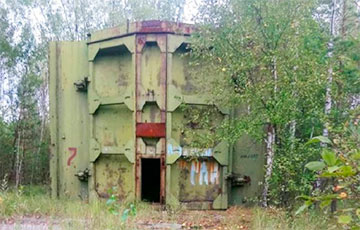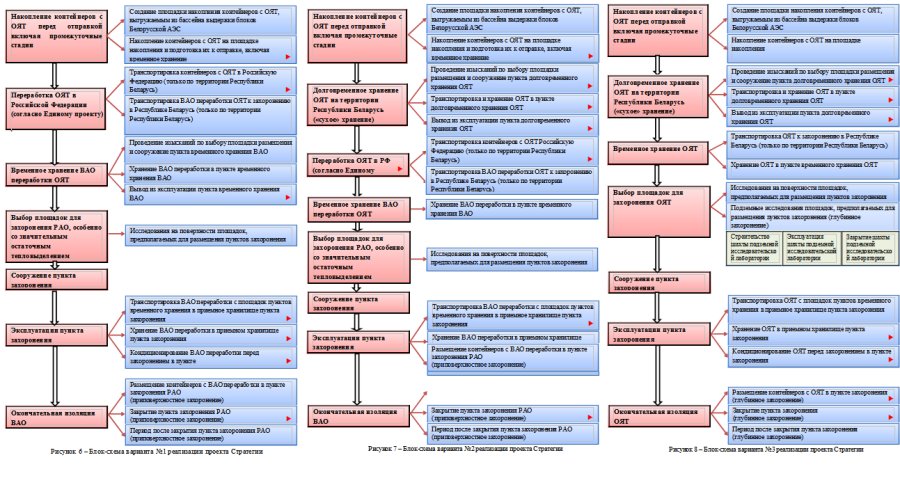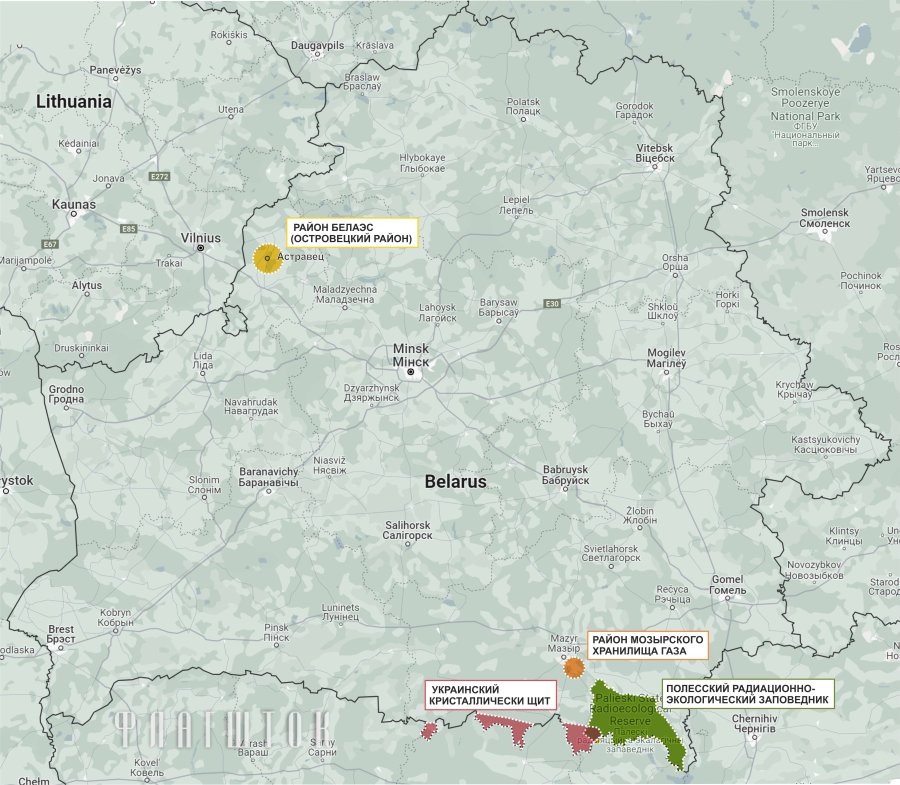'Developments Differ From What Was Agreed Before'
26- 19.03.2024, 11:32
- 20,650

The world's unique nuclear burial ground may appear in Belarus.
On March 7, 2024, the Belarusian Council of Ministers created a state commission to select a site for the disposal of radioactive waste. Flagshtok talks about what this means and why things didn't go the way they said they would.
The topic of radioactive waste disposal began to be discussed in Belarus from the moment the decision to build a nuclear power plant was made. On March 15, 2011, Belarus and the Russian Federation signed an agreement on cooperation in the construction of a nuclear power plant on the territory of the Republic of Belarus, which determined that nuclear fuel spent in the reactors of the BelNPP power units, purchased from Russian performing organizations, is to be returned to Russia for reprocessing. The conditions for the processing of high-level radioactive waste by the Russian side were later to be determined by a separate intergovernmental agreement.
In 2019, Belarus adopted the Strategy for the Management of Spent Nuclear Fuel at the BelNPP. It became known from the environmental report of the National Academy of Sciences of Belarus that scientists still have no certainty regarding the technology of disposal of spent nuclear fuel of the Belarusian NPP. Three options have been proposed, each with significant drawbacks.

The basic option (No.1 in the figure) involves the reprocessing of spent nuclear fuel in the Russian Federation with the return to the Republic of Belarus of waste included in a silicate glassy material, except for long-lived radionuclides. After that, recycled waste can be buried in Belarus in near-surface layers. Such technology involves the accumulation and organization of temporary storage of spent nuclear fuel before shipment to Russia. To do this, it was proposed to create a storage area with the possibility of expanding it to a dry container storage.
This approach is considered optimal only in theory. However, the practice of technologies for reprocessing spent nuclear fuel from SCWR-1200 reactors, which are installed at the BelNPP, is not yet available. The decision to build a new generation spent nuclear fuel reprocessing plant, if the necessary knowledge and technology base is available, will be made in Russia only around 2030.
If a plant for reprocessing spent nuclear fuel from SCWR-1200 reactors does not appear in Russia in the coming decades, scientists have proposed option No. 2, which involves temporary storage of spent fuel in Belarus for a period of up to 60 years.
If it is impossible to execute the agreement between Belarus and Russia on the reprocessing of spent nuclear fuel, option No. 3 was proposed — the disposal of spent nuclear fuel in deep mines in Belarus without export for reprocessing to Russia. The complexity of this option, according to Belarusian scientists, lies in the fact that no such facility has yet been exploited in the world, and the actual cost of building such facilities in Finland and Sweden has already exceeded the initial project estimates by several times.
Comparing all three options for the implementation of the spent nuclear fuel management strategy of the BelNPP, the choice of a disposal site was assumed at a later stage, when the prospects for the reprocessing of spent nuclear fuel in Russia would become known.
However, in 2022, the Belarusian Council of Ministers submitted a draft new strategy for public discussion. Now the document concerns all radioactive waste in the country. According to the new strategy, it is planned to build a centralized radioactive waste disposal facility in Belarus. It is also planned to send here radioactive waste generated as a result of reprocessing of spent nuclear fuel of the BelNPP for long-term storage. Moreover, the technical concept of the facility should be such as to ensure not only long-term storage, but also the final disposal of radioactive waste from the BelNPP.
This is provided for by the draft Radioactive Waste Management Strategy, which is submitted for public discussion.
If in the strategy of 2019 priority was given to the creation of a storage site on the territory of the BelNPP, which would reduce the logistics costs of transportation for processing to Russia, now the developers have called the territories affected by the Chernobyl accident the most promising. In addition, the text of the new strategy states that the disposal site should be located on favorable geological formations, which indicates the possibility of deep disposal and suggests a course for the implementation of option No. 3, which is unique in the world.
Following the new strategy, the Council of Ministers adopted a resolution "On Establishment of the State commission to Select Priority Site for Construction of Radioactive Waste Disposal Facility" on March 7, 2024. Thus, even though the technologies for reprocessing spent nuclear fuel of the BelNPP still do not exist, the location of the nuclear repository will already be determined. It seems that the choice will be made in such a way as to exclude dependence on Russian processing technologies.
The entire territory of Belarus was considered for placing a centralized radioactive waste disposal facility on favorable geological formations. However, the 2022 strategy proposes specific burial sites:
– The rocks of the Ukrainian crystalline shield
– thick strata of clay and salt in the area of the Mazyr gas storage, etc.
– regions of placement of organizations of radioactive waste facilities,
– territories exposed to radioactive contamination as a result of the Chornobyl disaster, including the territory of the radiation reserve.











